It’s been almost three years since E17 was released and finaly FiiO decided to update this interesting device. Now it is lighter, prettier and has a digital volume wheel. I present to you newest E17K Alpen II, more refined and sleeker looking.
On the bottom the mini USB jack and dock connector disappeared, now it has only a micro USB connector which fulfills three functions: charge the battery, connects to PC (DAC mode) and docking to the future E09S desktop headphone amp.
The front face was greatly simplified as well, most buttons are gone, only input selector and On/Off button remained. Volume wheel is pleasant to the touch and easy to use.
The changes made to its internals are even more drastic.
FiiO gave up to its old sound signature: dark, slightly muddy and blurry sound and opted for modern components wanting to achieve a more detailed, airy and more real and natural sound. I can say that the goal was achieved.
DAC chip was changed with a PCM5102, the same used in E10K.
But this time it uses a superior quality low pass filter – OPA1622 and for headphone amplification and line out duties OPA1642 and LMH6643 are used.
Besides PCM decoding newest E17K can decode DSD material as well, after installing SACD driver and ASIO plugin.
As a drawback we denote disappearance of the optical input, that was present in the original E17, now we can use only coaxial input or the micro USB one. A 3.5mm line input can be found as well that uses the device as a portable headphone amplifier.
It has two outputs, 3,5mm headphone out and the Line Out (DAC out) – that E17 did not have. Only this output itself is a huge upgrade over E17 and E07K, and now it can be easily used with speakers as well.
Total harmonic distortion was lowered compared to older model, power output remained the same, a better EQ was used, SNR was considerable increased that tells us that noise level was lowered, emphazing microdetails and hidden notes.
Menu is much easier to use now, using the volume wheel for navigation and adjusting hadrware settings.
The unit that I have got is a pre-production unit, it has a slower volume adjustment and I hope that production model will not have this issue. This is among the fewest issues I have with the device.
Audio performance (plus comparisons to E17):
As in case of E10K, new E17K offers a radically different sound compared to older FiiO sound signature.
Fat, slow, syrupy, forward mid centric sound and omnipresent bass are now completely out, came in a newly, more real, linear and precise sound foorprint.
Personaly I like this change quite much.
The sound became first of all more detailed and airier, now can be heard many sub levels of information on favorite songs. Bass doesn’t sound as a one lazy and heavy note, it is more nimble and has a more accurate kick. Bass execution is more real and precise, while mid frequencies are not thrown in every direction as older E17 was making.
Naturalness no longer stands out when it is not needed, now depending on the song, the sound can have a digital tint (electronic music) or a more analogic tint (old recordings), it doesn’t have the same tint on all music as its predecessor did.
Older E17 sounded a bit slow and syrupy, symphonic and classical music was difficult to listen to. Mids that were thrown here and there wiped a big part from high frequencies, making lower and upper extremes (sub bass, upper highs) almost completely dissapear. Of course you could listen to classical or fast music but the experience was lacking emotion.
E17K solved most of these problems, if you know how an E10K sounds, then E17K is like an E10K but on steroids. I assume it is due to a higher quality filter, due to better op-amps and battery operated power supply – that is more stable and virtually eliminates line noise.
This little box knows how to play music and how to bring a smile on your face.
Listening to newest album Gândul Mâței – Generatia în Blugi using some Sony MDR-1A I have obtained an almost perfect combination for alternative rock.
These Sony headphone are sounding a little slow and diffuse, this little E17K changes almost entirely those headphones.
Sound becomes much faster and controlled, soundstage widens considerably and stereo image is not as diffuse and two dimensional, the veil between the listener and music slowly lifts allowing finest microdetails to easily reach to the listener.
No need for a critical listen to hear new notes and hidden sounds.
For me E17K is a massive upgrade to the E17 and if you own an E17 I think the time has come for you to enjoy an upgrade that will not induce critical damage to your wallet.
I will write somewhat less about frequency spectrum because I feel I do not have something serious to reproach. It sounds almost perfect, nothing stands out, yet nothing is missing…
High frequencies are much more present compared to its predecessor.
At last I can recommend E17K for all types of music genres, including classical and ultra fast or complex music.
Unfortunately at this price point we cannot have everything. I feel that while stereo image was improved, it is not holographic and 3D like, more work should be done in this area.
The mush effect on crowded music to my surprise is rarely heard, that really made my day.
Sonic performance is at a higher level than the price might suggest, it doesn’t dethrone my X5 that I use daily.
Internal headphone amp is quite good and free of background noise.
Gain was set on low for Sony MDR-1A and for Philips Fidelio L2, I cannot stand more than 80% volume, it was more than sufficient even for older recordings that doesn’t have excessive loudness.
The amplifier grips tight almost all portable headphones on the market, something more powerful is hardly needed. It will power without a problem even phones like Sennheiser HD598, Audio-Technica AD900 and AKG K550.
For heavy artillery like planar magnetics or very high impedance (300- 600 Ohms) headphones you will need to wait for the future E09S desktop headphone amp that will dock to this little DAC/Amp.
Using some custom IEMs, I didn’t hear background noise or hiss, I listened without a problem and the combination was a fine one.
In the DAC mode, connected to some active Audioengine A5+ speakers, was a revelation as well.
A5+ sounded almost as good as when connected to X5.
I felt a slight diminution of stage in width and depth, a slightly less 3D sound and a lower level of detail. Differences were not very obvious, those with untrained ears will not detect the difference so easily, or maybe at all.
Line-Out output was done very well and offers even a lower distortion compared to headphone out. This device can be easily used in any setup, speaker or headphone based, if you want to use it in both cases, it’s even better.
Conclusions:
E17K will most likely remain a true classic again in terms of entry-level DAC/Amps, whether you are speakers or headphones listener. Its performance far exceeds the price paid. And speaking of price, E17K will be sold at the same price as its predecessor, a logic and welcomed move.
Metal construction, modern design, ease of use and audio performance are all some strong point that ouperform its older brother.
I’m sorry that optical input was dropped, no more PS4 games connected to a small DAC/Amp, that E17 was doing really well. But if you are not interested in this aspect then you can choose E17K without any problem.
Pros:
- Solid, durable construction, modern design
- Simple, intuitive menu, better EQ
- PCM signal decoding (up to 24bit/192Khz) and DSD decoding as well
- Real and natural sound
- Well articulated details, airy and congestion free sound
- Linear, unaltered frequency spectrum
- Excellent on headphones and speakers as well
Cons:
- Optical input removal
- Stereo image is not really holographic
- Slow volume wheel on some occasions
Gear used for review:
FiiO E17K, E17, E10K, X5, Sony MDR-1A, Philips Fidelio L2, Sennheiser Amperior, Ultimate Sound 3D


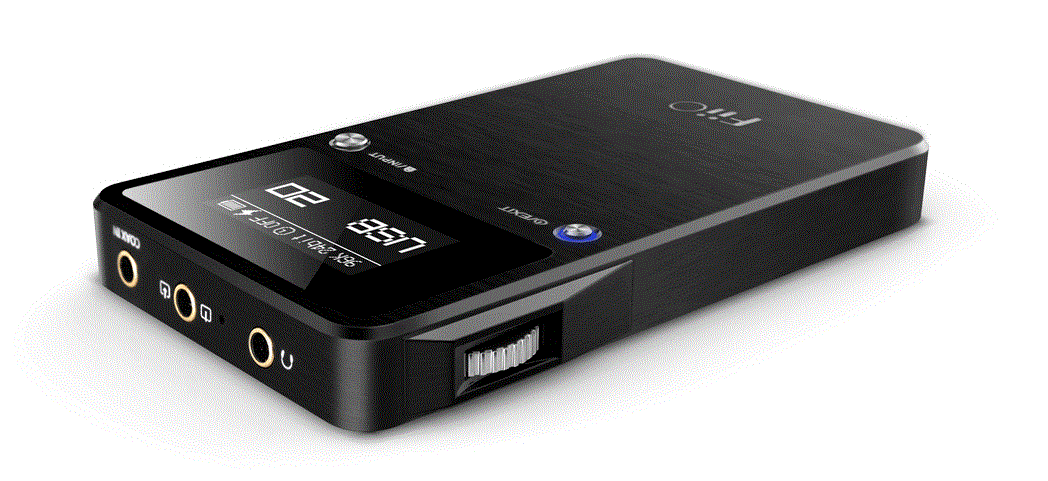
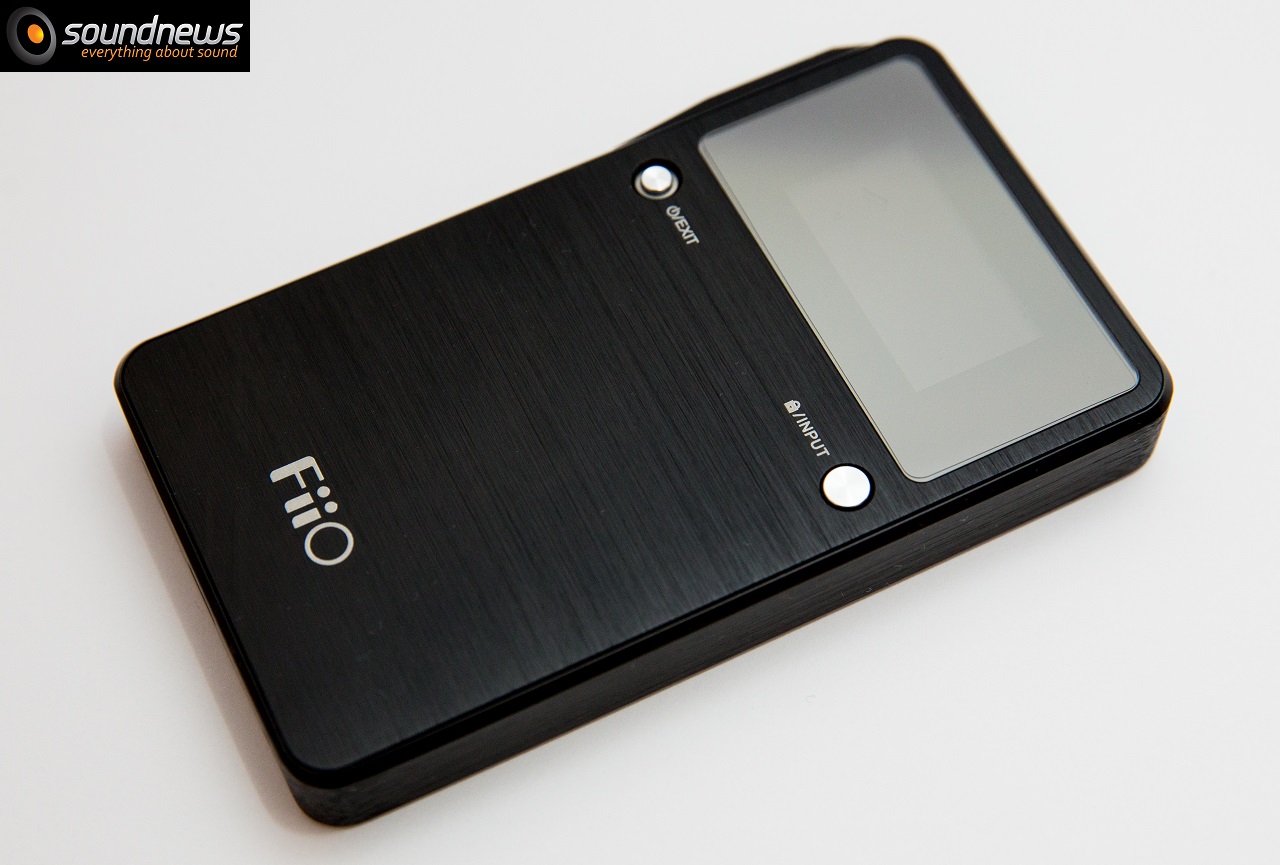
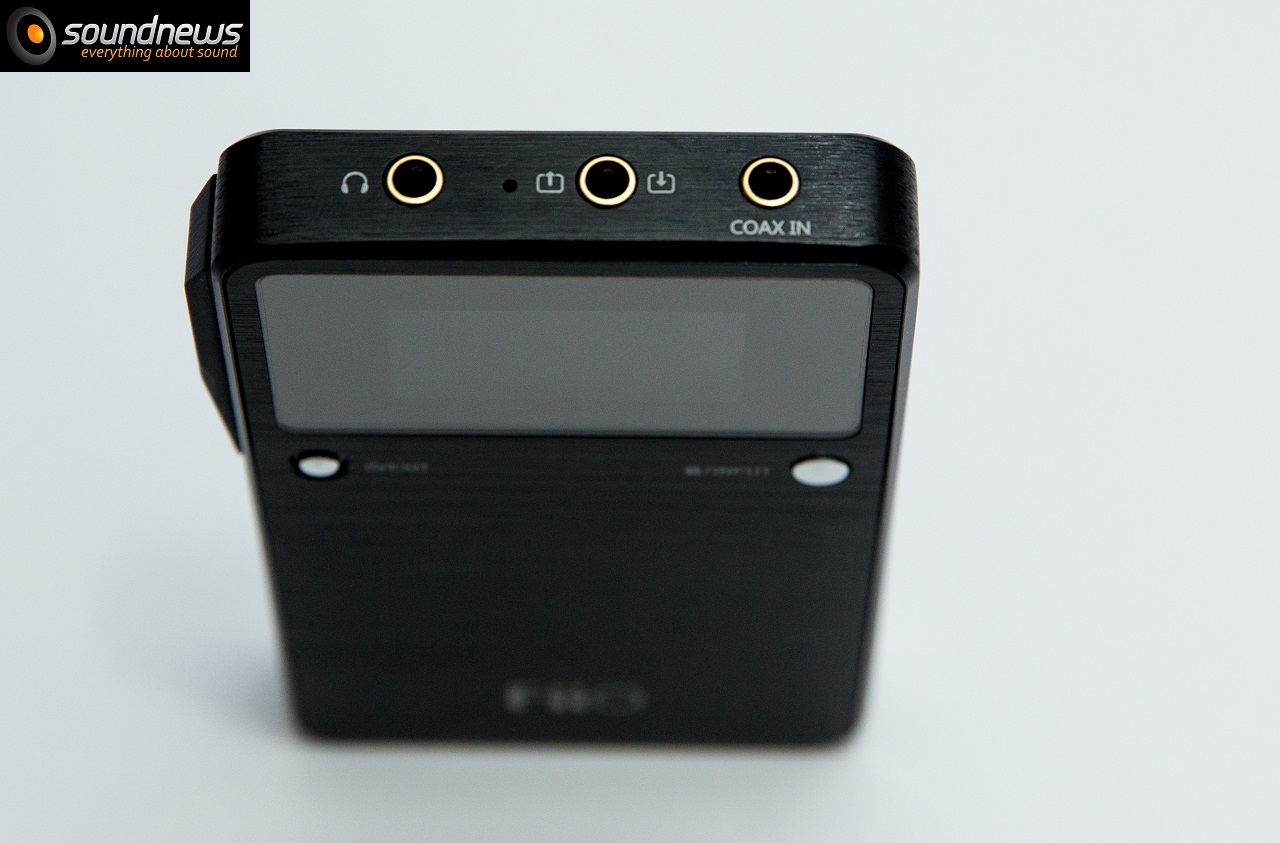
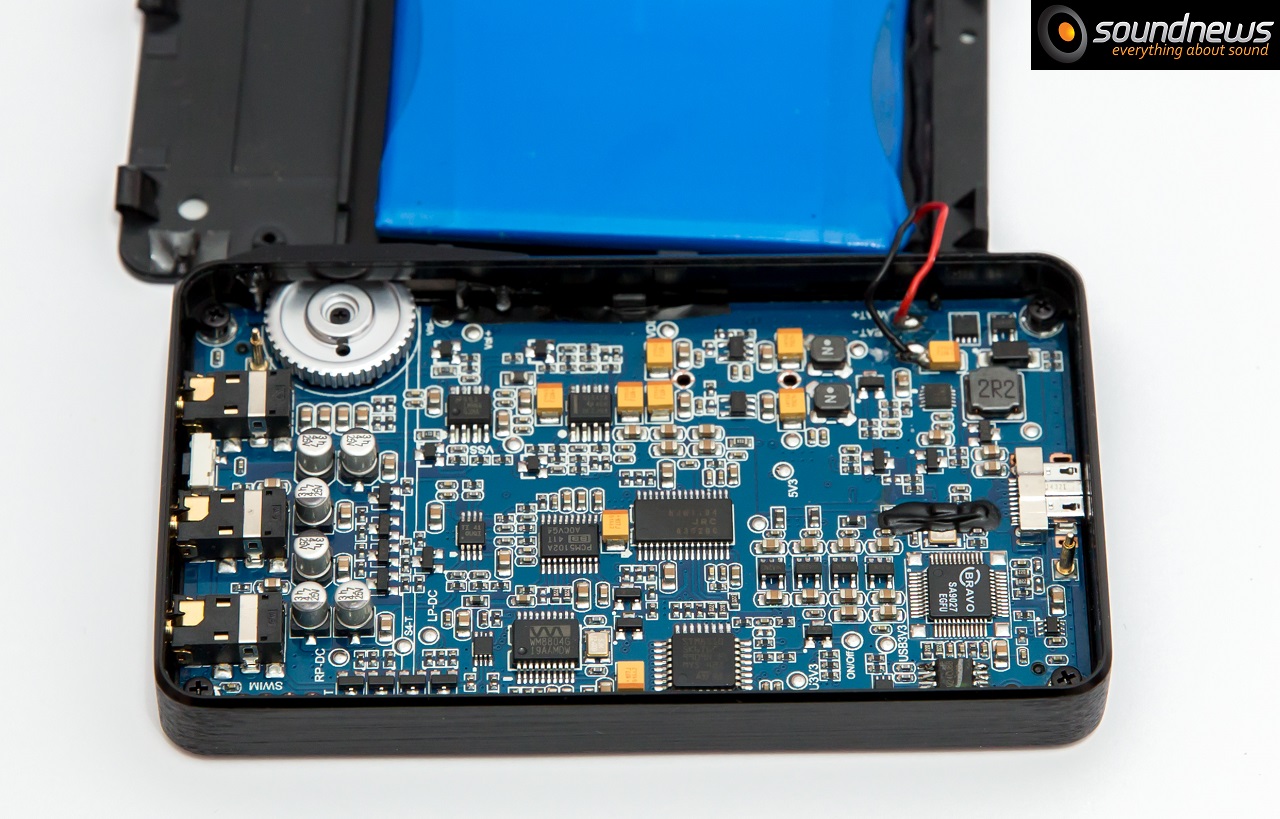
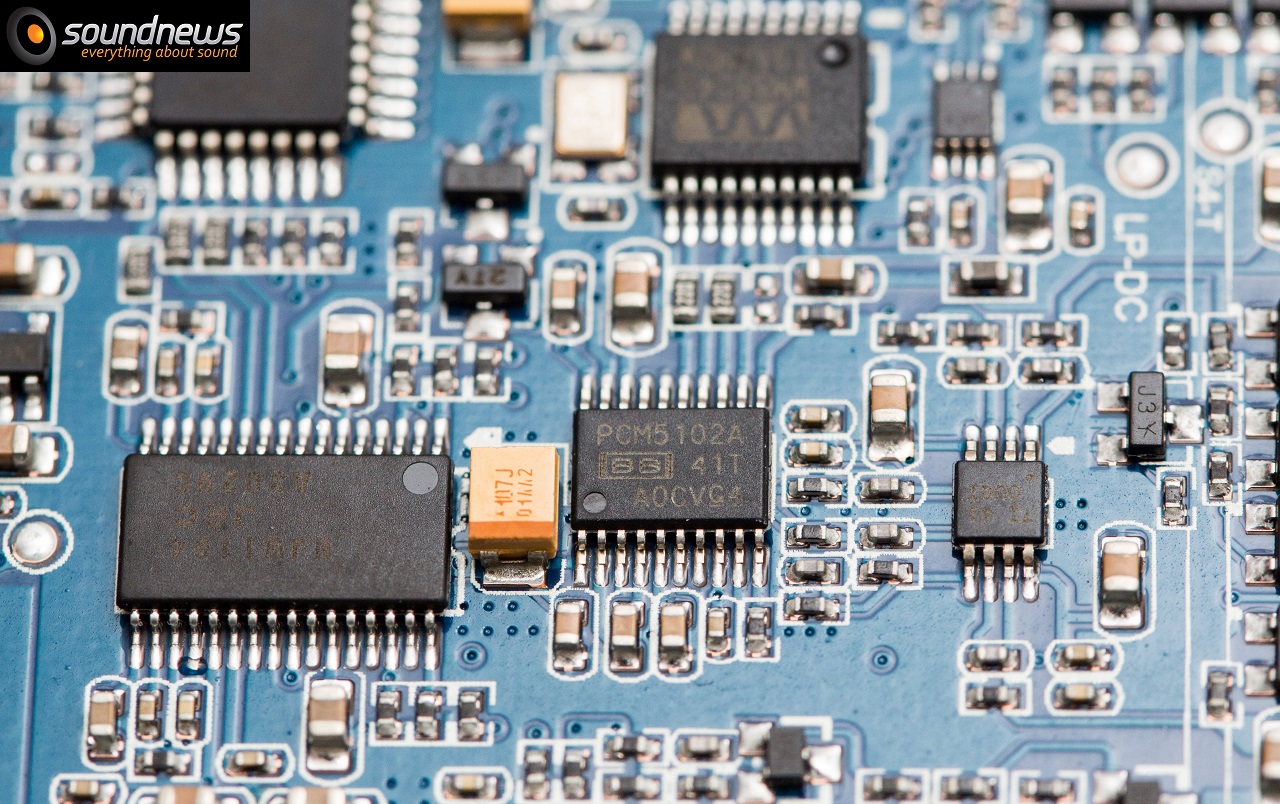
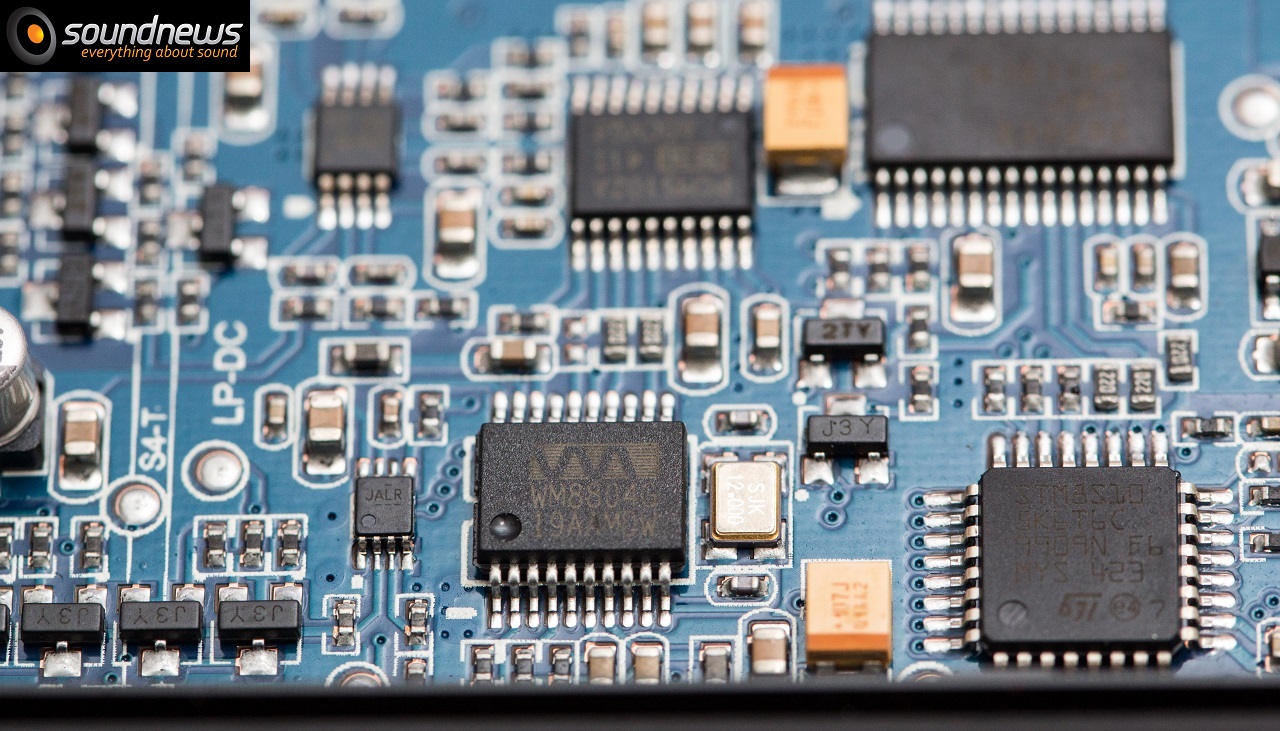
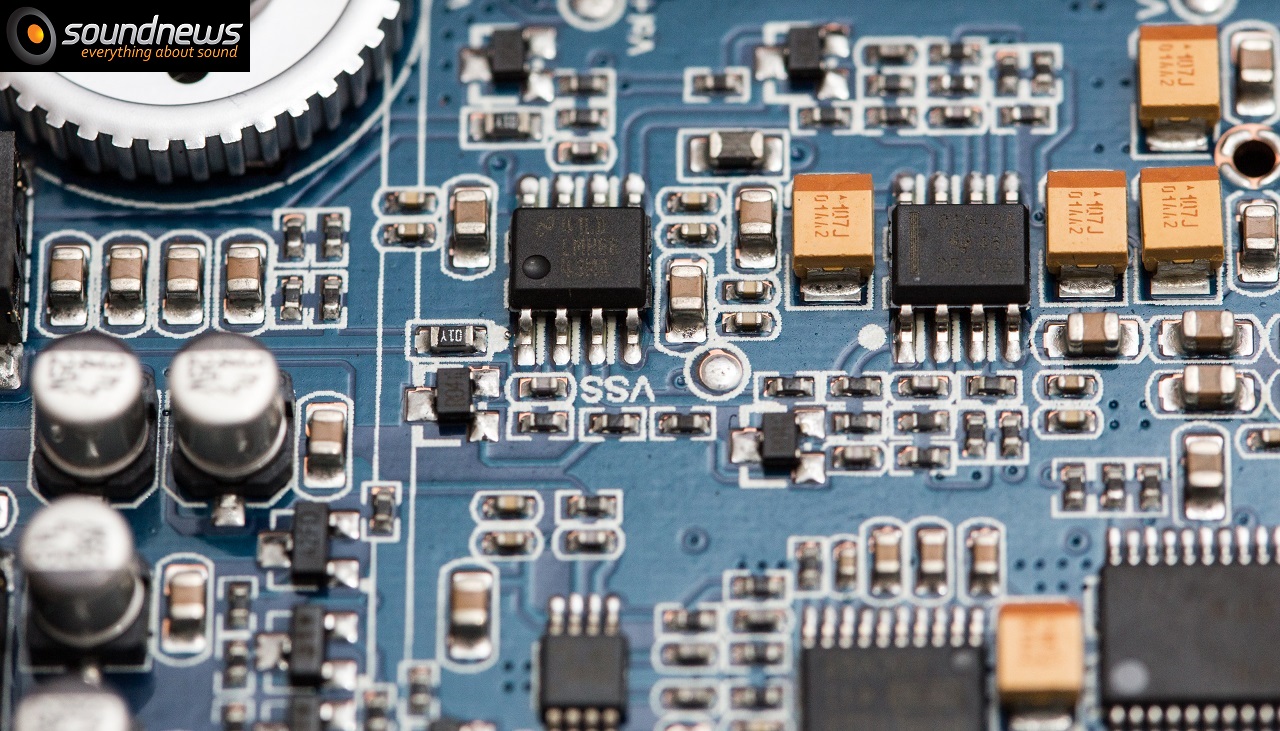
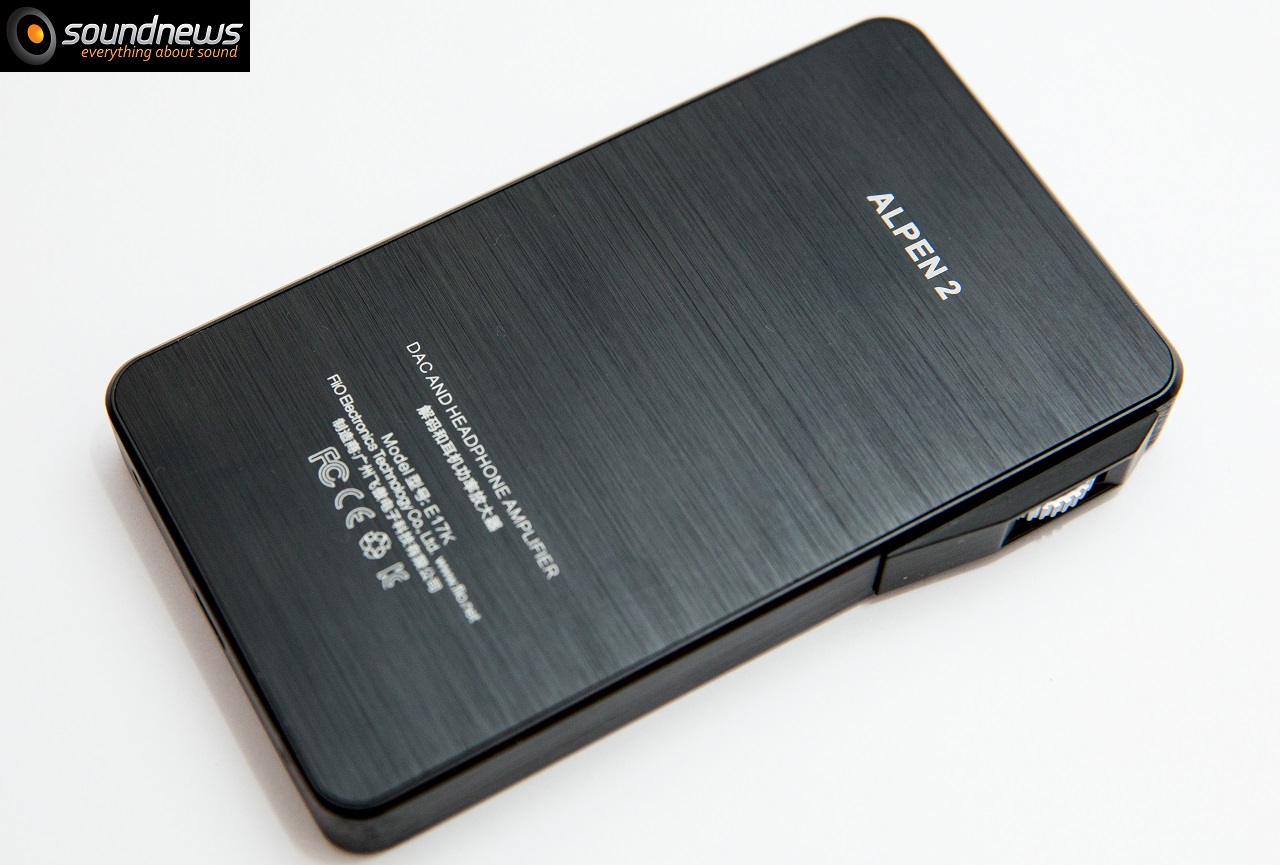
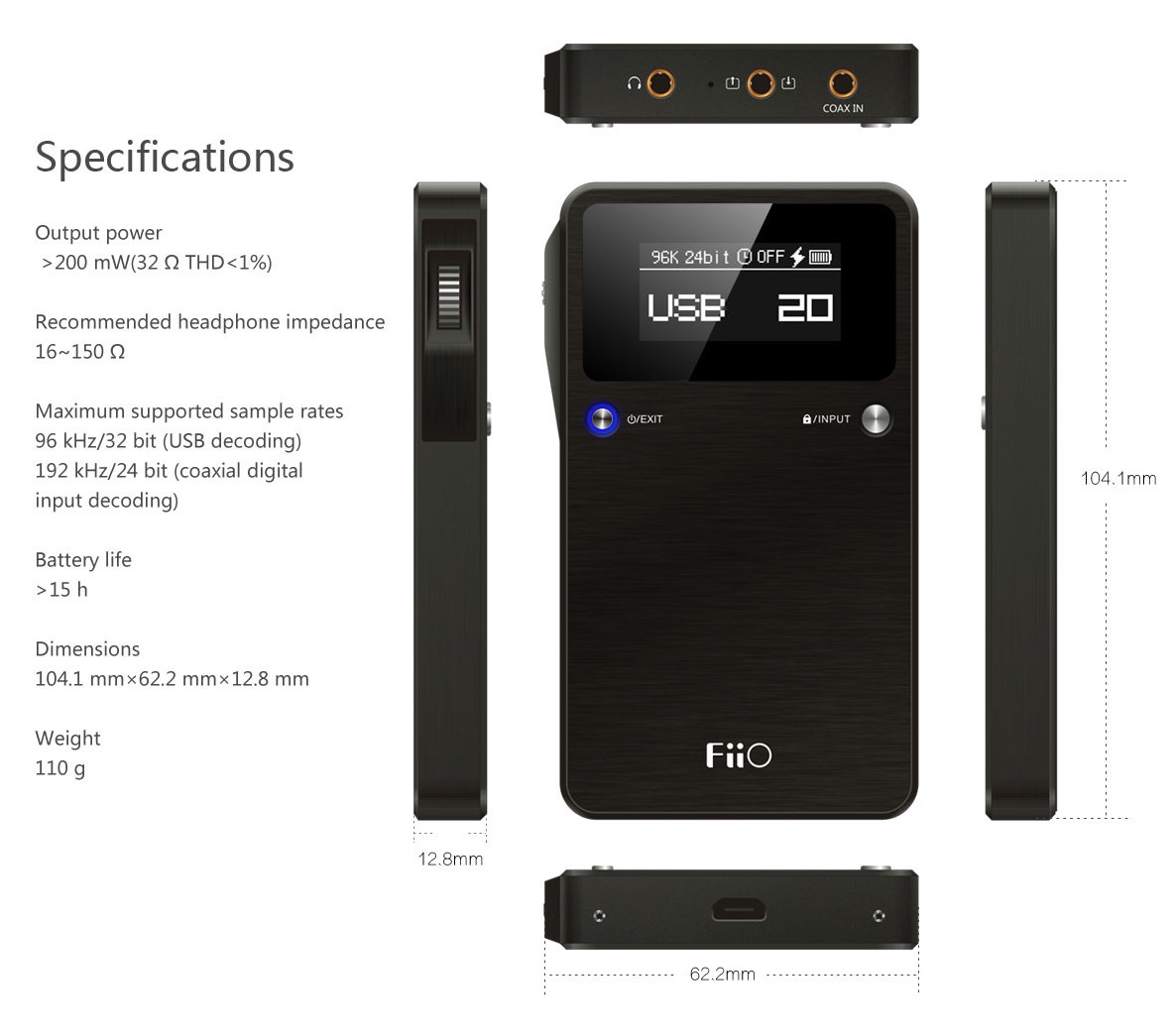
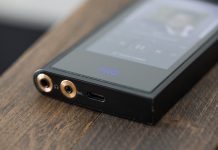

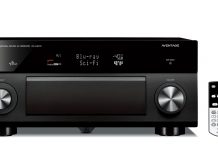
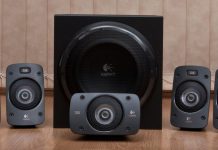
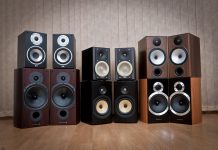
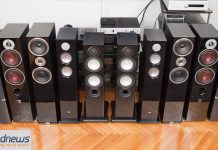
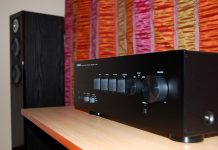
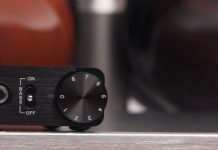



Thank you for the review!
Could you make a comparison with Fiio e18 regarding sound signature/quality?
Sure, no problem.
To me E18 sounds a bit colder and thinner, by comparison E17K is slightly warmer, more involving, brings more emotion to music. The difference is not huge, but once you put them side by side its pretty clear how they sound. E18 however may have a slightly better stereo image, and deeper stage, but not by much.
For my needs I find E17K better, but E18 is not worse, it is just different.
Will E17k be a good choice for iem’s ? i mainly use 2 iem’s ttpod t1e and havi b3 pro I
Also have you tried using only the dac part of E17k and amp of Cayin c5 ? if so,can you tell how this combination sounds ?
Hi Dany,
I used some CIEMs (Ultimate Sound 3D) with it and it was free of hiss or noise, however on SE535 there was some slight hiss.
I have also tested it with external amps, I used an E12A and a E11K, both were super quiet, quieter compared to it’s internal amp, so an external amp removes completely the hiss.
Hi ,
I just bough a pair of Sennheiser HD8 DJ. Should i go with the E17K Alpen 2 or should i choose something else in that price range ? What would you do ? Not alot of reviews about them on the internet.
Thanks
Hello,
If you want the best portable amp, then go for E12A (not the regular E12), if you want something cheaper but still good, go for E11K
I am interested to know how the soundstage performance between E18, E11k and E17K Aplpen II compares. (I would go for the new E17K if it has a equal or better soundstage performance than the E11K)
Hi,
You are right E17K have slightly larger stage than E11K, E18 has it the largest of the 3.
However if I would choose one, that would be E17K – it is still detailed, airy and quite linear, but more enjoyable to listen than E18.
how do you see it is a pre-production model?
Hi Nick,
Don’t be worry, you cannot buy a pre-production unit.
I was told by the manufacturer than mine is a pre-production unit.
Is the soundstage less 3D and holographic sounding than the E11k ?
E17K is better than E11K at large scale music, it has more air and sounds slightly more 3D.
If you want best amp at reproducing good transients and have a large soundstage, then go for E12A (not the regular E12) – it’s amazingly good at this.
Hi Darku,
I just noticed that e10k uses almost the same hardware as e17k. Is e10k equally detailed and airy as e10k?
Hi deva,
E10K is almost as good as E17K but not quite there.
Still, I think because of battery operation, E17K eliminates a lot of issues regarding clean operating power. E17K sounds wider and notes fly farther away creating a better sense of space and air. E17K has also better crosstalk rejection and better SNR numbers, meaning a more dynamic sound and better detail retrieval.
Hi Darku,
Thanks for the quick response. Choosing E17K 🙂
hey Darku,
im still debating on either the e17k or the e10k to power up my g4me zero for gaming and i mainly play FPS games. Do you think the e10k is enough for that or should I get the e17k?
They both will work just fine for gaming.
If you are into competitive gaming where pin point imaging is crucial to know where your enemy is (FPS games) you should go with E17K then as it is better in this area.
I have a pair of noble 4c ciems that I currently drive from my HTC one m8. I was looking for a decent dac/amp that worked with android. I heard that while it does not „officially” support android, the E17k is supposed to work just fine as an android dac/amp. It was either that or just get the E18. If they both work fine I think I might prefer the E17k because it sounds like it’s sound signature would better compliment my already very neutral ciems, but I’m curious to hear your thoughts.
Thanks
Hey Tyler,
I think you should ask Fiio if M8 is compatible with E17K if you want to use it as a DAC/Amp combo. I don’t have an M8 around me, so cannot test this. If both will work with your phone you should know that I prefer the E17K sound signature to E18 – that is leaner sounding, E17K is more alive and kicks harder.
Hi Darku,
I am new in the AMP/DAC scene and was wondering which one you would recommend, the E11K, E17Alpen II or E12? You seemed to mention the E12A very often but I am on a budget and I would like to know your thoughts on the regular E12 as well. I plan on using the device for my computer using my Audio-Technica ATH-M50x
Hi, can i also use this on my pc and out on my bookshelf speaker/portable speakers? tia
Thanks for the review! This has helped a lot! I own the Fiio E18 and I use it with my Xperia z3v which is very DAC friendly. It connects and runs with most portable headphone amps via Micro USB just fine without using any apps. I am currently thinking of switching to the E17k because my E18 is starting to have some annoying background noise. I use it regularly and it might be nearing the end of its life already. Would anyone recommend the E17k for use with smartphones? And is it normal for Fiio amps to have background noise after heavy use? Or is mine just deffective? (few hours a day for around 3 months)
Hi can you plz tell me which one is best between Creative sound blaster e5 vs Fiio E17k alpen 2 ?
I want to buy one of these but i dont know which one is giving more quality sound than other
Hello,
I never listened to Creative E5, but on paper it looks to be better than E17K, better specs and works with smartphones as well.
Hello Darku,
I would just like to confirm as stated in the article, does the e17K not work with PlayStation 4 at all?
Thank you
Hi Rami,
Since E17K doesn’t have an optical input (as old E17 did), you cannot connect it to PS4.
You’ll need a portable DAC with optical input if you want great SQ out of PS4.
Thank you for the reply Darku, I guess usb does not provide great SQ then. I will look for another Fiio product which has it then.
Hi Draku
How is the Amp part of E17K compared to E10K, I had heard that even though for most part E10K is fine with HD-598 but on certain notes the E10K struggles (slightly) with the HD-598’s power demands, will it be the same with E17K.
Hello,
I find the E17K amp section slightly better, but not by a large margin.
For HD598 I would recommend the newest K5 desktop amp connected to E10K, much more power reserve and it has quite a detailed and airy presentation, really loving it, for it’s price its unbeatable.
Thanks for the reply Draku, hoping to get a review of K5+E10K combo from you soon !
Thanks for the great review! 🙂
I just purchased this nice piece of E17K gear, but cannot play DSD files on it. 🙁
I installed the Foobar2000 components, plus the original drivers from the FIIO Company website, but DSD does not want to play directly – I can only play them with conversion to PCM.
What do I do wrong? I am connected via the USB/micro USB to my PC – just like for the regular PCM/FLAC playback.
Do I need to connect via the Coax connection?
The Foobar player is counting correctly the seconds, meaning it seems that it plays the files, but there is nothing showing on its oscilloscope (or histogram) as if the track would be silent 🙁
I am not sure what is wrong here, whether my installation of Foobar (+ ASIO components) or my wire connections.
I would appreciate it you told me how you made the E17K DAC handle DSD files. 🙂
I appreciate your support!
Hi,
Please download the following files first: https://www.dropbox.com/s/jx9gxxwluccm9iw/Drivers-for-the-E17K.zip?dl=0
Unzip them and follow the instructions from the .PDF file, it’s quite straight forward.
Please tell if it worked.
Hi, if you try with the bass boost on max, how is it like with big bass tracks ?
thanks
Hello,
There is bass bloat if bass is maxed, I don’t like that at all.
For quality bass and sub bass you should check out the digizoid offerings: http://www.digizoid.com/
Hi,
Could you tell me please how does such an amp behave when connected to headphones that have mic? (such as Sennheiser HD 569)? I intend to use it at office. Probably I need 2 Y cables so that the microphone bypasses the amp?
Thank you,
How does the E17k compare with the Q1? I use Sennheiser HD598SE with the Q1. Will I notice any considerable difference with these over the Q1?
Hi,
I consider E17K to be a more refined version of Q1.
Q1 is good, but I still consider E17K better on all aspects.
It’s less muddy in the mids section and have overall better separation and a flatter response curve. It’s not a big step up (for that you can check an Audioquest Dragonfly Black or Red) but it’s an overall improvement to Q1.
Hi!, first of all sorry for my english. Im thinking about buying Oppo PM-3 headphones and Im looking for a good but not expensive DAC/AMP to pair with them. Is the E17k 2 good for them or you can suggest me another ones? Thank you very much for your advice!
Hi,
PM3 doesn’t need high power to be properly driven.
A Dragonfly Black, or better a Dragonfly Red is recommended. It is small but don’t be mistaken, its really good, better than E17K IMO.
E17K is fine too, but it’s a bit old nowadays, it will be soon replaced by the Q1 MKII – I will review it soon, didn’t receive it yet.